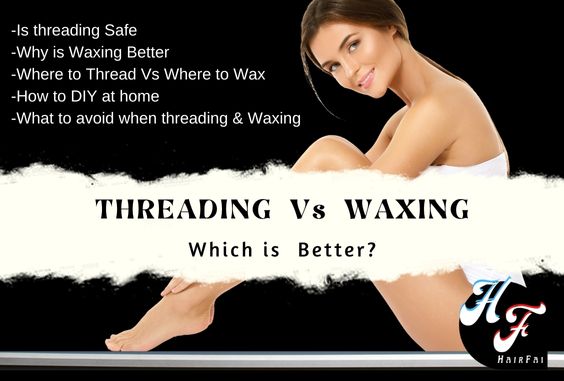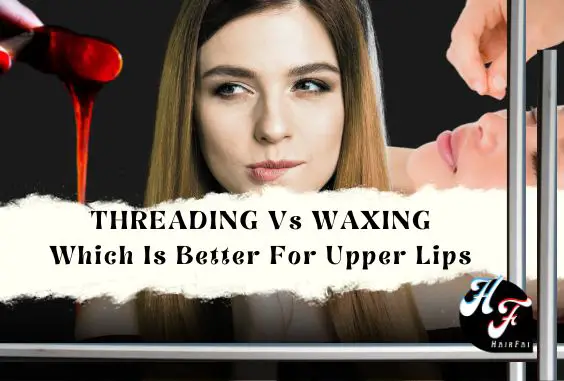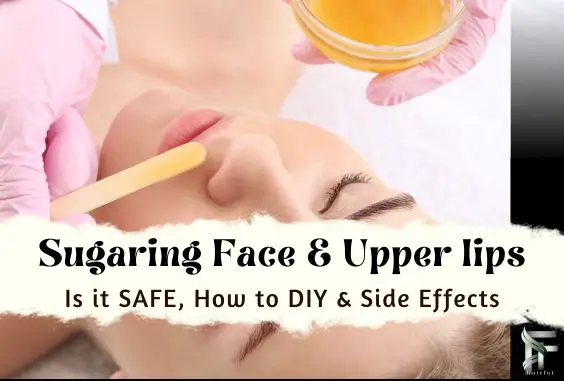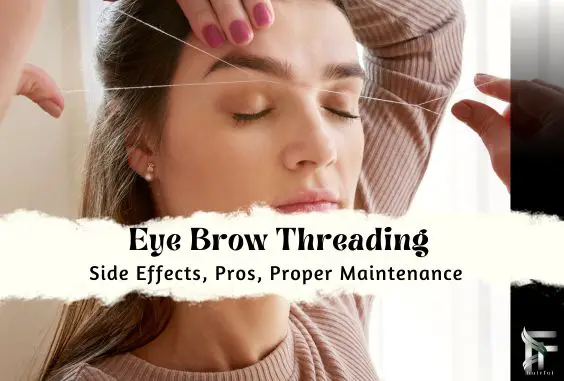Itchy After Waxing: Causes, Prevention & How to Treat it
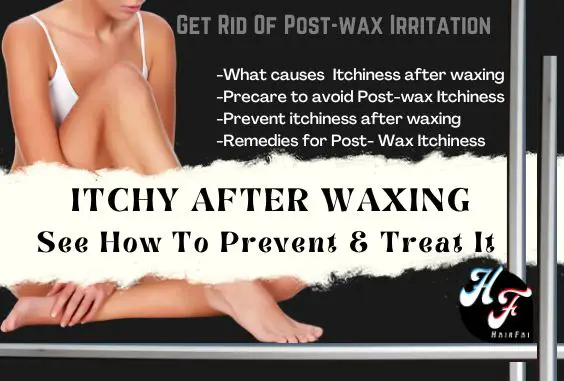
Do you find your skin feeling itchy after waxing? Are you wondering if that is normal or whether you have damaged your skin? Or is it just annoying?
Don’t worry. Itching is one of the most common side effects of waxing and hair removal. Being a little itchy after waxing is normal unless:
- It becomes unbearable
- If your skin becomes damaged
- If it lasts for more than 24-72 hours.
Now thankfully itching and other complications after waxing can easily be managed and prevented.
What Makes Your Skin Itchy After Waxing
Your skin can be itching after waxing due to:
- Irritation to the skin – waxing pulls out your hair from the follicles in your skin. And this can be a little traumatizing to your skin, which can cause mild irritation and inflammation.
Part of the inflammation process is itchiness. However, it should not be excessive and it should resolve quickly as the skin heals from the process.
- Bumps – are caused by the irritation of your skin from waxing and they may be itchy for a few days.
- Folliculitis – This is an infection of the hair follicles. Bacteria and germs may develop around your hair follicles due to the wax opening them up. This causes them to become more inflamed or mildly infected which leads to them being itchy.
- Ingrown hairs – Itching is a common symptom in the area of the ingrown hair. Ingrown hairs occur when pores are clogged or broken under the skin.
- Allergic Reactions – which can cause rashes to develop. Many of these rashes may be bumpy or red and very itchy. Rashes can also pop up a little while after waxing due to an infection in the skin.
- Surface burns – if the wax that you use is too hot, you may burn the top layer of your skin. This will cause the skin to be red, swollen, and itchy as it begins to heal.
- Regrowth – your skin may be itchy as your hair begins to regrow. This happens if your skin is dry which means it can become irritated & itchy. But generally, if your skin is healthy, the normal regrowth of hair should not be itchy.
Related Article: What to Apply After Waxing- Treat & Moisturize Dry Skin
Tips To Treat & Manage Itching After Waxing
- Use a soothing gel or lotion such as Aloe Vera
- Apply a Cold Compress
- Anti-itch cream (If lotions & gels don’t work)
- Antihistamine creams (For itchy rashes)
- OTC antibiotic creams like Triple Antibiotic (For itching due to infection such as folliculitis)
- Remove Ingrown Hair (if any)
- Neosporin (Used to treat itching from surface burns)
- Use a Gentle Cleanser (Removes Bacteria & Dirt)
- Keep skin moisturized & healthy
- Regular Exfoliation (Both before & after waxing)
- Wear Soft, loose Clothing
- Avoid Hot Baths & Showers
- Consult a dermatologist (If itching becomes worse)
1- Use a Soothing Gel or Lotion
During the waxing session, there’s a lot of water and moisture lost. This results in dry skin which is undoubtedly very itchy.
A soothing gel or lotion will help to rehydrate the skin and give some relief to your irritated skin. This helps reduce the itchiness.
One of the best natural remedies to use is aloe vera. It is very effective at hydrating and soothing waxed skin.
Related Articles
Folliculitis After Laser Hair Removal -Treated & Explained
Coconut Oil After Shaving – Benefits & How to Use Correctly
Deodorant After Laser Hair Removal – Potential Dangers and Risks
Deodorant After Waxing – Possible Dangers
What to Do After Waxing Underarms- Aftercare Guide & Tips
Benefits & Disadvantages of Waxing Underarm Vs Other Methods
What to know before Threading -Disadvantages & Benefits Of Threading Hair
Folliculitis After Waxing- How To Treat & Prevent
Does Eyebrow Threading Hurt- How To Prep & What To Expect
Pimples & Bumps After Threading- How to Treat & Prevent
Threading Hair Aftercare- What to Do & Apply to Soothe Skin
Does Face Waxing Cause Acne, Bumps, & Larger Pores
Eyebrow Laser Hair Removal- Risk, Precare, Aftercare & Cost
Wrinkles, Loose & Saggy Skin After Facial Wax- Actual Truth
Disadvantages & Benefits of Waxing – What You Need to Know
Organic Aloe Vera Gel
I highly recommend the 7 Mineral Aloe Vera Gel to soothe skin that is irritated due to situations like waxing or shaving. It is very thin and absorbs easily into your skin.
Click here to check out the price for the 7 Minerals Organic Aloe Vera Gel on Amazon.
2- Apply a Cold Compress
When you’re done waxing, have an ice pack, or instant cold pack ready to apply to your skin.
Hold the ice pack on your skin for five to ten minutes. This will help to get rid of itching, dull the discomfort, and reduce swelling.
Icing also helps to shrink open pores which minimizes the risk of bacteria build-up.
Use an ice pack only after wrapping it in a fresh towel. Avoid putting ice directly on your skin because you risk damaging it.
Related Article: What To Do After Face Waxing – Aftercare Tips & Guide
3- Anti-itch Cream
If the itchiness from irritation is prolonged and lotions, gels or aloe vera isn’t helping, then you can also consider using an anti-itch cream.
Apply a thin coating of over-the-counter (OTC) anti-itch creams, such as hydrocortisone or diphenhydramine.
To help your skin, use the cream three or four times daily. Before using an anti-itch lotion on your face, see a dermatologist or doctor.
Anti-Itch Cream to Treat Bumps After Waxing
Bumps caused by waxing usually go away on their own in about 2 days if you do not itch and pick at them.
But if they persist, you can also use an OTC hydrocortisone cream which helps to manage inflammation and reduces the itch from the bumps.
4- Antihistamine Creams (Used to treat Rashes)
Rashes that are itchy usually go away on their own. However, if they persist or are caused by an allergic reaction, you may need a topical antihistamine cream or ointment to help your skin.
Do not itch your rashes as this can damage your skin and leave scars.
Sometimes, antihistamine creams can be prescribed by a doctor or can be obtained over the counter from a qualified pharmacist who will tell you how long you should use them.
Related Article: Allergic & Histamine Reaction to Waxing -Treat & Prevent
5- OTC Antibiotic Creams Like Triple Antibiotic
You can use antibiotic creams to treat itching from bumps and folliculitis or to prevent infections after removing ingrown hair.
In the case of folliculitis, you may need to see a dermatologist for help. However, you may also use an OTC antibiotic cream like Triple Antibiotic.
Many of them also include an anti-itch ingredient which helps to manage the itching as the other ingredients manage the infection and inflammation.
6- Remove Ingrown Hairs
If your itchy skin is being caused by ingrown hairs, you should apply a warm compress to the area to help draw out the hair. You can do this for 5 minutes at a time.
And you will need to wear loose clothing.
If the hair has curled back into your skin, you may need help to have it manually extracted using a sterile pin or needle. If you are not experienced with this it is best to have a skincare professional do it.
After the hair has been removed, you may use an ointment like an antibiotic or combination cream (antibiotic, antifungal, and cortisone) to prevent infection to the area and help the skin to heal.
7- Antiseptic Creams such as Neosporin
If your skin is itchy from surface burns, you should be careful not to further irritate that area.
To treat the burned area, it’s important to apply an even layer of antiseptic cream like Neosporin for the next couple of days and to avoid any heat as much as possible until the affected area is healed.
Neosporin and other antiseptic creams or lotions can be obtained from your local pharmacy.
Pay attention to the area to avoid further damage during the next waxing session.
8- Gentle Cleanser
You can cleanse your skin with a gentle but effective cleanser immediately after waxing to get rid of dirt and bacteria.
A build-up of dirt and bacteria can cause an infection which can lead to itching.
However, you are required to wait until 3-4 hours before cleansing your face or other delicate areas. Click here to learn more about what to do after waxing your face.
9- Keep Skin Moisturized & Healthy
Use a gentle lotion over your skin every day. Itchiness might result from the skin that has dried out.
Remember to use a lotion that is fragrance-free and not oil-based so it won’t block your pores.
CeraVe Moisturizing Cream
CeraVe Moisturizer is suitable for all skin types from dry, sensitive, oily to acne-prone. It is gentle, non-toxic, fragrance-free, and does not clog pores.
Making it perfect to use after waxing. Click here to view The CeraVe Moisturizing Cream on Amazon.
10- Regular Exfoliation After Waxing
Exfoliating is a way to manage and prevent hair bumps and other itchy skin complications during the intervals between waxing.
So try to exfoliate your skin 2-3 times per week to keep your pores clear of oil and debris buildup. Now the frequency will vary depending on how sensitive your skin is.
SheaMoisture Bamboo Charcoal Body Scrub
This body scrub buffs away dead skin cells while also helping to absorb excess oil and impurities. Making it ideal to either exfoliate skin before & after waxing.
African Black Soap blended with bamboo charcoal helps balance and draw out dirt from problem skin while organic raw Shea butter helps moisturize and soothe.
Click here to see the price of The SheaMoisture Body Scrub on Amazon.
11- Wear soft, loose clothing
Your skin may take a few days to go back to normal. Wearing tight clothing that sits near to your sensitive skin or is scratchy or rough is best avoided in the meantime.
Tight clothing is one of the main reasons for ingrown hairs. This is because they are squeezing down on your pores causing the hair that grows from them to coil downwards leading to ingrown hairs.
Choose very comfortable clothing that won’t cling to your skin, preferably made of cotton or fleece.
12- Avoid hot baths & showers
Hot water can remove the natural oils that protect your skin, which aggravates already inflamed skin.
Also, hot water can reopen your pores, which is to be avoided since it can lead to bacteria build-up.
Instead of taking long, hot showers and baths, use quick, warm soaks. As soon as you are finished washing or bathing, remember to moisturize.
13- Check with a Doctor or Dermatologist
Consult your dermatologist if you think you might have a more serious condition causing your itchiness
Waxing occasionally causes negative side effects or infections in persons. You can have an infection that requires medical attention if you have a severe rash with pus-filled blisters or pimples.
Speak with your doctor or dermatologist; they could suggest an over-the-counter antibiotic in addition to an itching cream. Keeping your skin clean will give it a better opportunity to recover.
Pre-waxing Skin Preparation To Prevent Itching
One of the best ways to prevent itching from occurring is to correctly prep before waxing. You should:
- Ensure your hair is long enough to wax – Before waxing, allow your hair to grow for two to three weeks. This makes it easier to wax since the wax can grip onto it better
- Exfoliate – The day before getting waxed, exfoliate your skin. The traditional, red, itchy rash following waxing is brought on by debris becoming trapped in your pores.
- Shower or cleanse your skin before waxing – This removes some of the natural oil on the skin which will make it harder for the wax to adhere to it.
- Do not apply lotions or skin products on your skin before waxing – Also if you are waxing your face, avoid wearing makeup while getting your face waxed since it might hurt your skin and clog pores. And lotions tend to be oily which will interfere with the wax.
Related Articles
Painless Waxing-Use Numbing Cream, Spray & DIY Remedies
Best Oils To Use After Waxing- How To Apply & Benefits
Tweezing Vs Waxing- Which Is One Better
What to Apply After Waxing- Treat & Moisturize Dry Skin
Best Eyebrow Threading Machine- Pros, Cons & How to Use
Threading Vs Waxing Which Is Best For Face & Upper Lips
Threading Upper lip Hair- Cost, Pros & Cons, How to DIY
Waxing Upper Lip- Pros & Cons, Cost, How to DIY, Aftercare
Allergic & Histamine Reaction to Waxing -Treat & Prevent
Itchy After Waxing: Causes, Prevention & How to Treat it
What To Do After Face Waxing – Aftercare Tips & Guide
How Often Can You Do a Face Wax- Tips to Make it Last Longer
Eyebrow Waxing- Cost, Pros & Cons, Everything To Know
Sources:
How to Avoid (and Treat) the Side Effects of Waxing
Dealing With the Side Effects of Waxing
How to Treat and Prevent Bumps After Waxing

